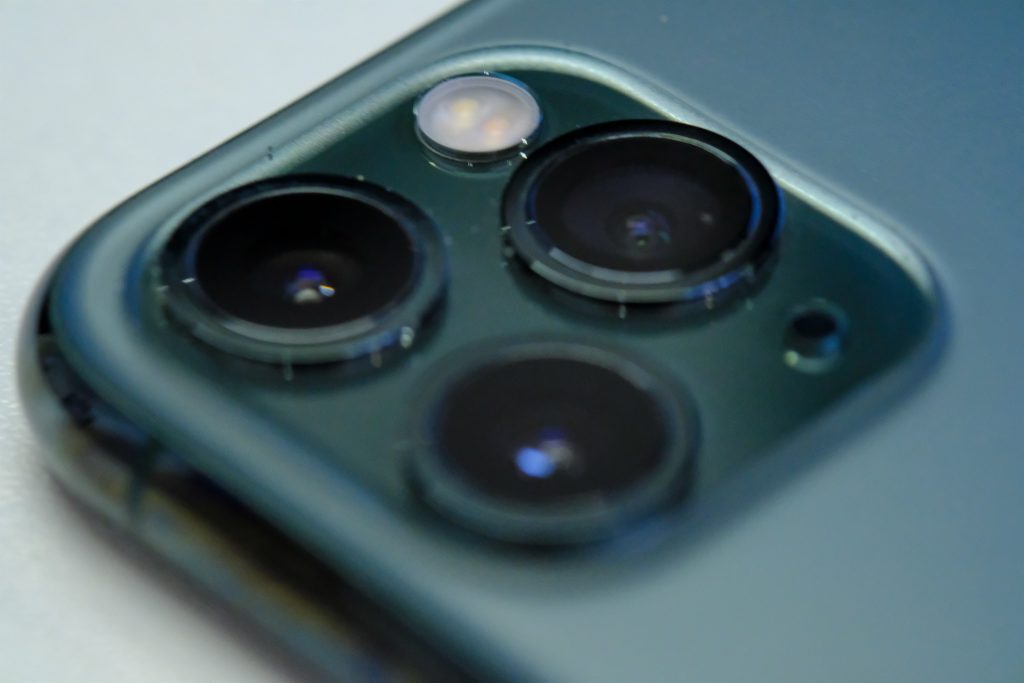We’re glad Apple kept the naming convention simpler this year. It makes for far easier typing. We got our hands on the iPhone 11 Pro (not the Max, mind you), and, as always, it’s a real contender against Android.
Granted, the front looks very similar to last year’s iPhone XS, but give it a flip, and you’ll find the new triple camera threat. Yea, it might not look as sleek as you’d expect from Apple. But it’s one of the best smartphone cameras we’ve tested this year. Apple has even upped its night-mode tech, wide-angle and some brilliant software tweaks to make sure it’s just that… the best.
Then you’ve got the A13 Bionic chip, which dominates in benchmark testing — producing untouchable speeds. It’s got no 5G… which is a bit of a bummer. But in SA that won’t necessarily matter for at least a few years. Ooh. And that fast-charger in the box. Thanks, Apple. It’s about time, eh?
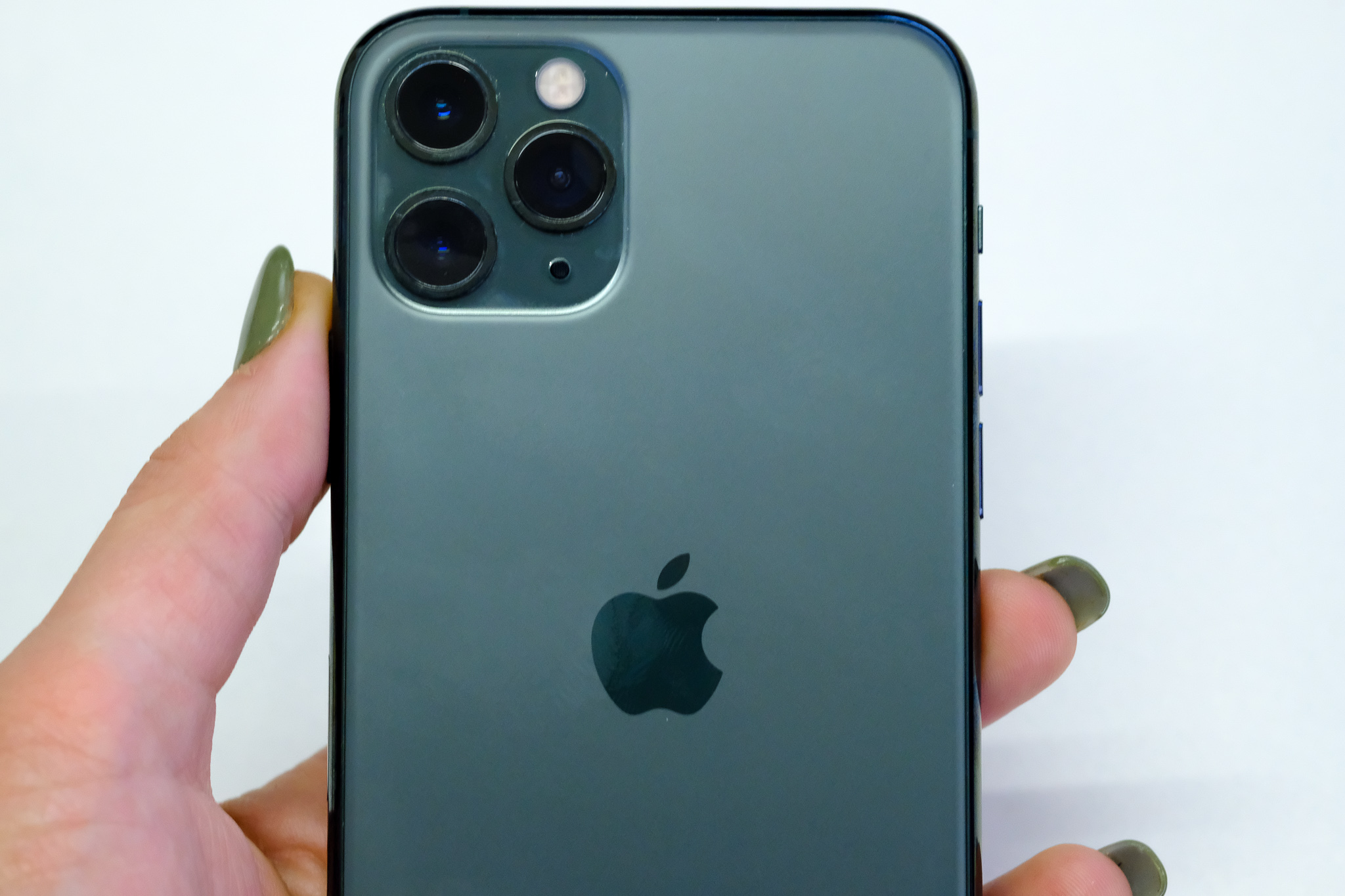 #slofies aside, this is a serious and solid phone, but isn’t that just what Apple does best? It’s a phone that’ll take wicked photos in any scenario and crunch through just about any daily task you can throw at it.
#slofies aside, this is a serious and solid phone, but isn’t that just what Apple does best? It’s a phone that’ll take wicked photos in any scenario and crunch through just about any daily task you can throw at it.
Precision CNC machined… just because
Yet again, the new iPhone looks just like… an iPhone. It’s one of the most recognisable smartphones out there for a reason.
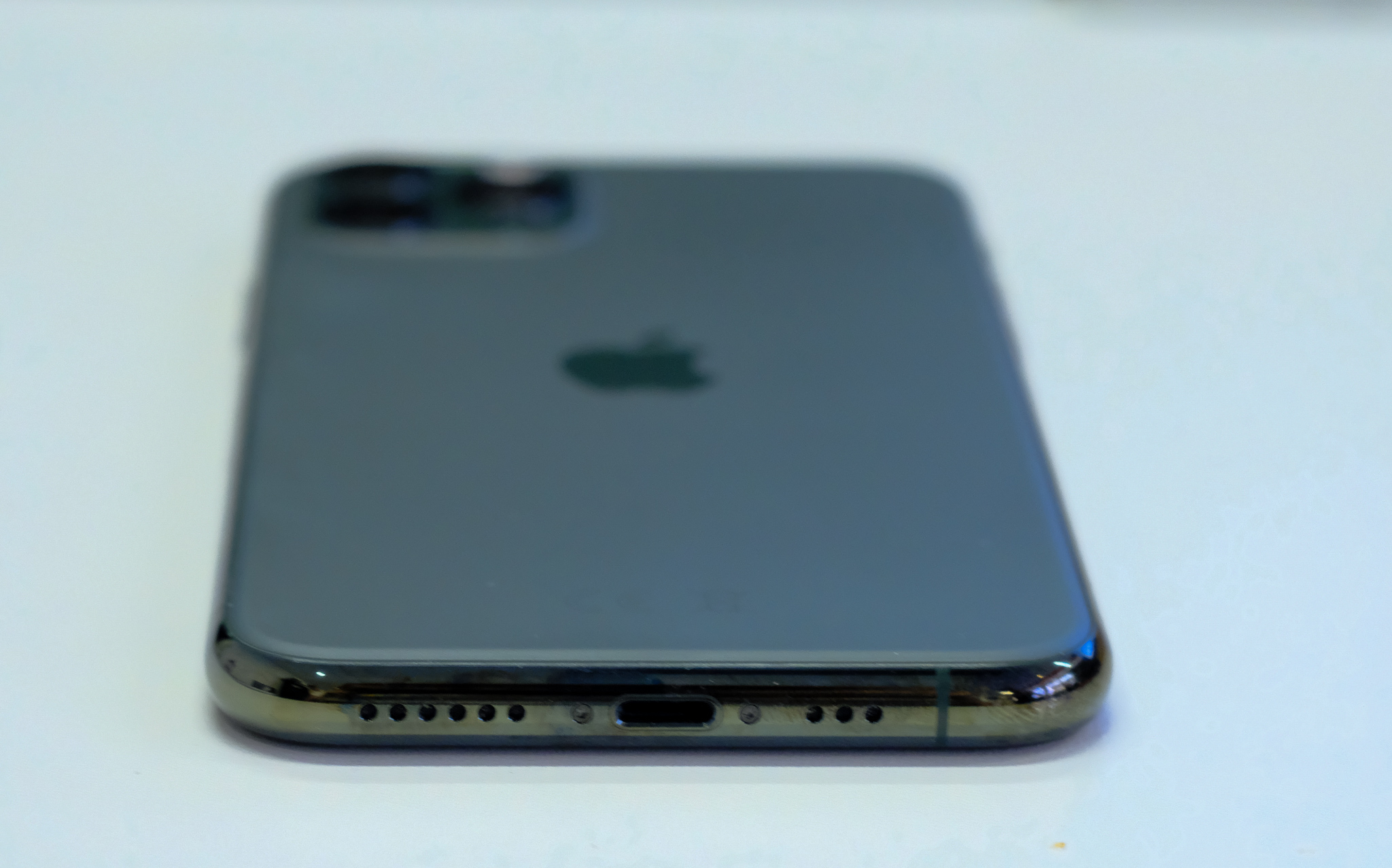 In fact, it’s almost identical in size to the iPhone XS, but it’s got a bit more weight to it. The body is precision CNC machined from a single piece of aluminium alloy. Some parts of the iPhone 11 design are recycled too, so Apple gets a green thumb up for that. We got to test the beautifully alluring midnight green variation — so much better than black or white tbh.
In fact, it’s almost identical in size to the iPhone XS, but it’s got a bit more weight to it. The body is precision CNC machined from a single piece of aluminium alloy. Some parts of the iPhone 11 design are recycled too, so Apple gets a green thumb up for that. We got to test the beautifully alluring midnight green variation — so much better than black or white tbh.
A slight disappointment is Apple’s choice to keep the display as-is. The 5.8in display is identical to last year’s iPhone XS, with the same notch design. Buttons remain exactly the same with a volume rocker on the left, below the silent mode switch and the wake-up button (long press for Siri) is on the right-hand side. It’ll feel familiar if you’re upgrading from anything after the iPhone 6.
There have been conflicting opinions about the camera bump on the back panel, but we kinda like it. The triple-camera setup looks sleek, and once you’ve got a case on it it’ll lie flush on a table.
Other than our fave midnight green, it’s also available in space grey, silver and gold. It’s also branded with an IP68 dust- and waterproof rating. So you can dunk it in the toilet for up to 30 minutes if you want.
The prettiness factor is bomb
Although it’s not all about the screen this time around, the ‘super retina XDR’ display is still superior to the iPhone 11’s LCD display. It’s got brilliant contrast, inky blacks and just enough brightness to keep your eyes from watering with those midnight check-ins.
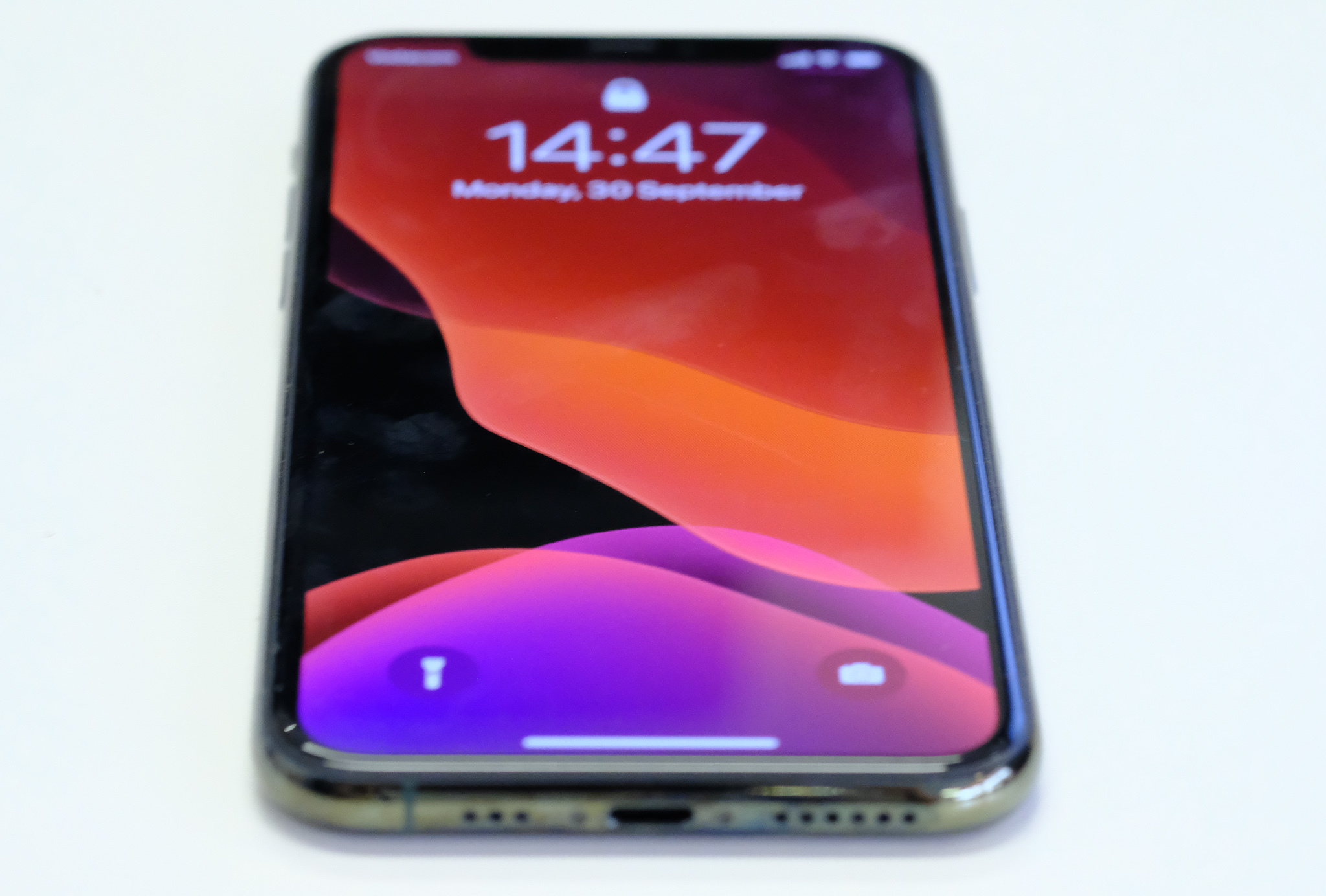 Down to the details, Dolby Vision and HDR10 video look superb at full brightness with impressive detail. Maximum brightness goes up to 800 nits, so jamming some Candy Crush in direct sunlight is a breeze. When you opt for HDR content, the brightness increases to 1200nits — which is insane and fairly practical if you live in SA (where the sun kinda hates you).
Down to the details, Dolby Vision and HDR10 video look superb at full brightness with impressive detail. Maximum brightness goes up to 800 nits, so jamming some Candy Crush in direct sunlight is a breeze. When you opt for HDR content, the brightness increases to 1200nits — which is insane and fairly practical if you live in SA (where the sun kinda hates you).
Double up or double down
Apple’s A13 Bionic chip definitely gives the iPhone 11 Pro a boost in power. We really noticed the boost when downloading/uploading video and editing. Even with footage over 10 minutes, it was easy to export and edit in apps like Splice and iMovie. FaceID is also snappier, which makes us happier.
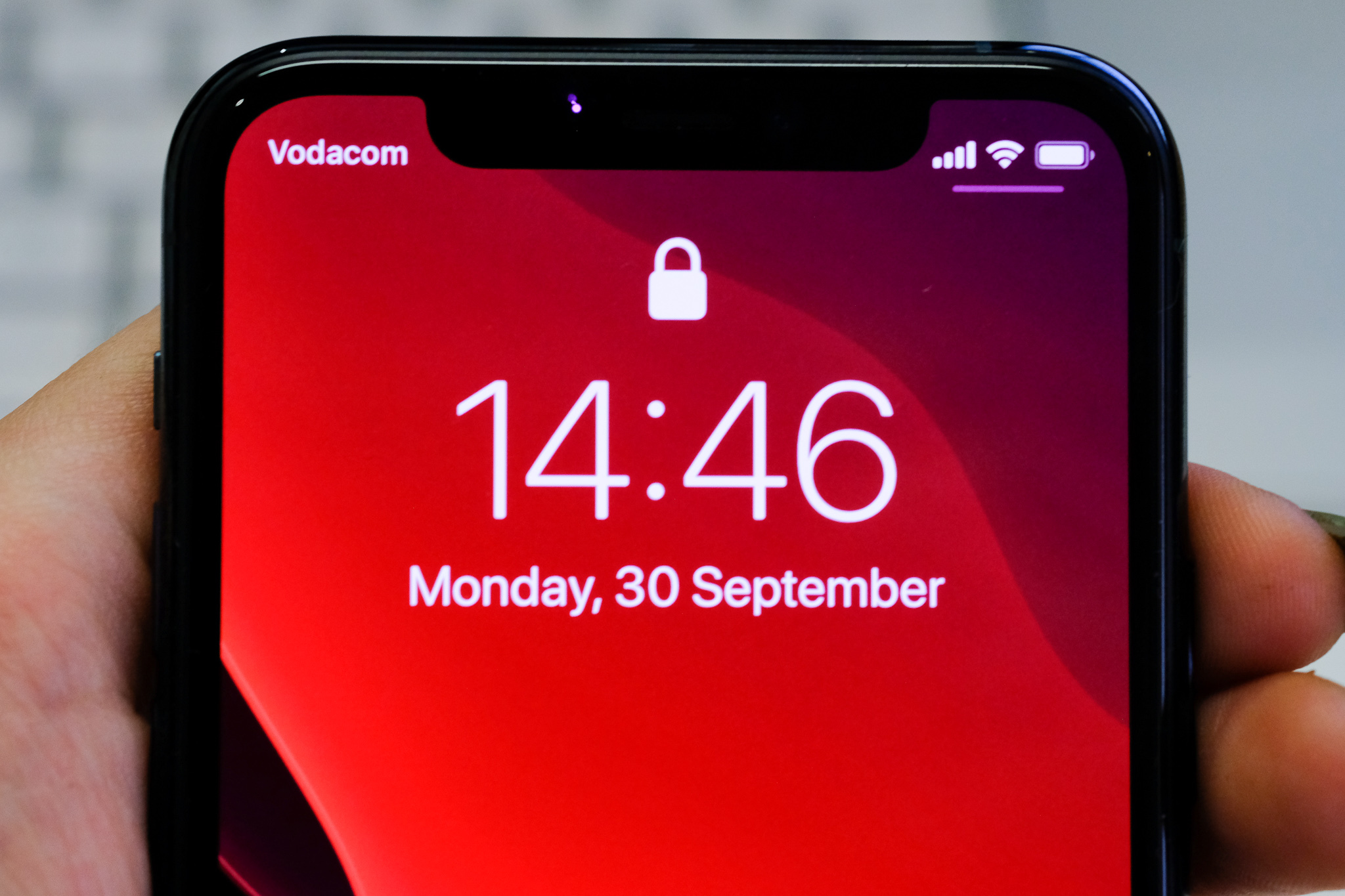 We’ve lost the 3D Touch feature, but we don’t really mind. It has been replaced with Haptic touch — which allows you to press for longer as opposed to pressing harder. With iOS13 you’ve also got the addition of quick option menus on a range of apps. You could, for example, hold down on the WhatsApp widget and go straight into a recent conversation. Neato.
We’ve lost the 3D Touch feature, but we don’t really mind. It has been replaced with Haptic touch — which allows you to press for longer as opposed to pressing harder. With iOS13 you’ve also got the addition of quick option menus on a range of apps. You could, for example, hold down on the WhatsApp widget and go straight into a recent conversation. Neato.
You’ve also got the swipe keyboard, which allows you to drag across letters to form a word. Android has had this feature in the shape of SwipeKey for many years now. But Apple’s is pretty accurate if you’re English and go for basic words.
One of our favourite additions is the 18W charger in the box. Apple has been lagging behind on this front, but we’re happy to report that we were able to fill up to almost 50% from a nerve-wracking 2% in just 30 minutes.
Night fever every night
Finally, Apple has turned to the dark side (quite literally) with improved low-light photography capabilities. This is mainly thanks to some improved software tweaks with iOS 13 and the A13 Bionic chip.
 The 11 Pro and 11 Pro Max now both have the additional 12MP f/2.4 ultra-wide lens. It joins a primary 12MP f/1.8 sensor with OIS and the 12MP telephoto lens, which is exclusive to the Pro models. Image quality has definitely improved over previous iPhones. Pictures look crisper hanks to smarter processing and image layering, which uses data from all three cameras.
The 11 Pro and 11 Pro Max now both have the additional 12MP f/2.4 ultra-wide lens. It joins a primary 12MP f/1.8 sensor with OIS and the 12MP telephoto lens, which is exclusive to the Pro models. Image quality has definitely improved over previous iPhones. Pictures look crisper hanks to smarter processing and image layering, which uses data from all three cameras.
Thankfully images don’t look oversaturated (like you’ll find on Huawei devices). But this is something Apple does well. Portrait mode on the iPhone 11 Pro is pretty awesome — it accurately detects edges, even with increased detail — like fluffy cats or Viking beards.
Back to the dark side — night mode is brilliant on the iPhone 11 Pro. It’ll automatically detect when it’s shooting in low-light conditions and adjust accordingly. Depending on the available light, it will take between 1-3 seconds to render an image. Tickle us impressed on this one.
We’ve also got a new interface to the camera too. This is thanks to iOS 13, and it gives you a preview of what the scene might look like in different aspect ratios. It’ll allow you to capture images from the ultra-wide and main cameras at the same time. The selfie camera has also been bumped up to 12MP from 7MP. Selfies do seem warmer in tone than those seen in Android phones. The higher resolution is also handy for making a #slofie, which we won’t mention ever again (for reals this time).
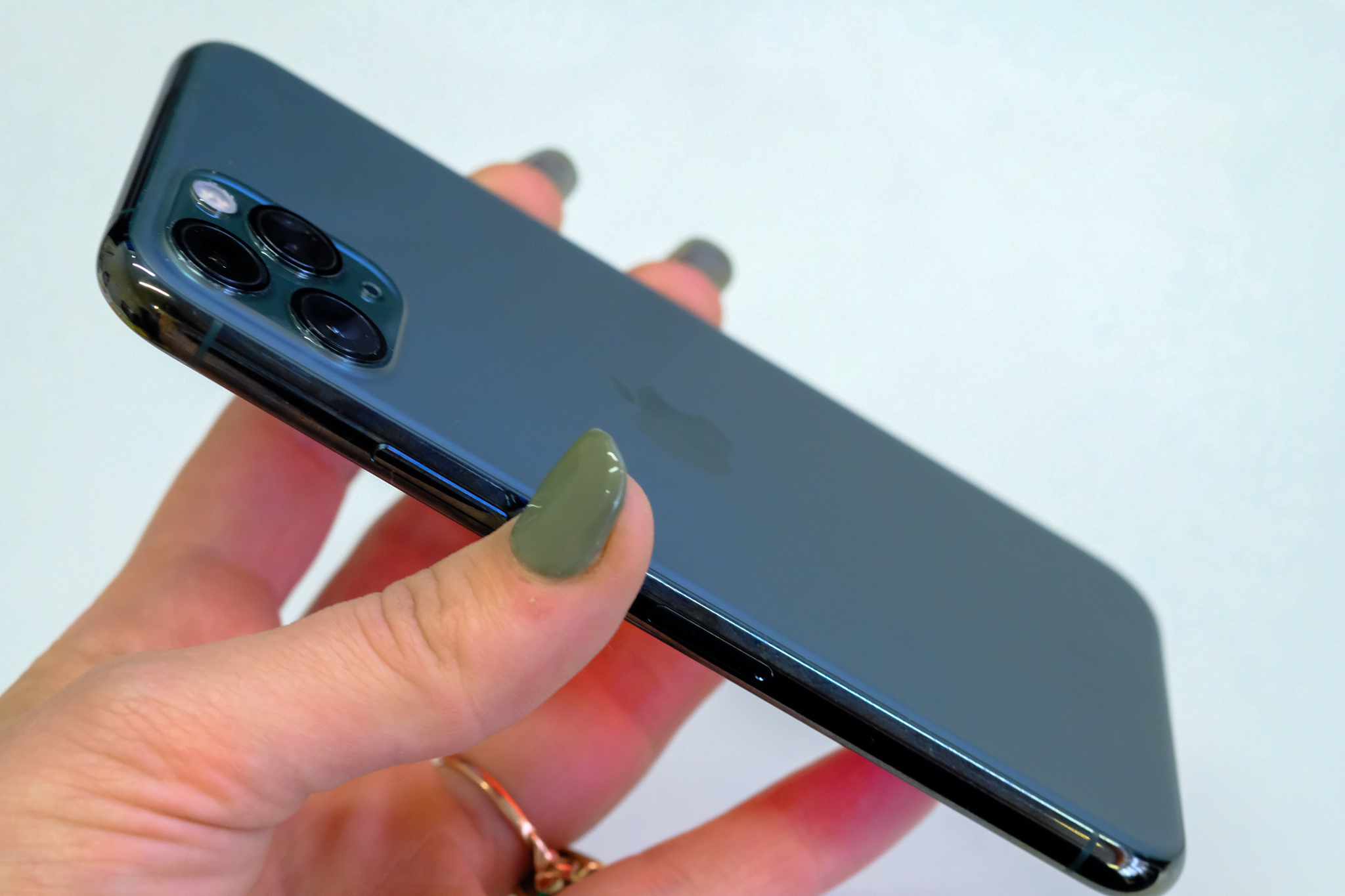 Then, of course, video. Quality has been upped, which makes for good-looking videos. The image stabilisation is good — it’ll balance out any wonky footage captured while walking or driving. Apple has added another cool feature too – hold down the built-in shutter button and it will automatically shoot a video, just like Instagram stories.
Then, of course, video. Quality has been upped, which makes for good-looking videos. The image stabilisation is good — it’ll balance out any wonky footage captured while walking or driving. Apple has added another cool feature too – hold down the built-in shutter button and it will automatically shoot a video, just like Instagram stories.
All the sensors are also able to record 4K video at 60fps — so you can be a real Spielberg. You can switch the camera as you zoom in or out whilst you film, all you gotta do is tap on the camera options to switch. Subject tracking on video recording works well, while audio zoom is available to narrow into the subject who is blubbering away.
We were pleasantly surprised that the Apple announcement event’s marketing babble actually turned out such great results. Good job on improving your photography game, Apple.
iPhone 11 Pro Verdict
We would be absolutely mad not to love the iPhone 11 Pro — it’s a great device with functional (and practical) features and specs. Combine the snappy A13 Bionic chip, three great camera sensors and iOS 13 software black magic, and you’ve got yourself a real-life companion.
This is all strategically crammed into a solid-aluminium alloy body that comes in the beautiful midnight green colour. But… it all comes at a cost. You’ll currently need to lob out a minimum amount of R22,000 for the 64GB, up to R30,000 for the 512GB variation. Head to the iStore if you’re keen.
We’re glad Apple kept the naming convention simpler this year. We got our hands on the iPhone 11 Pro in midnight green, and here's what we think.

